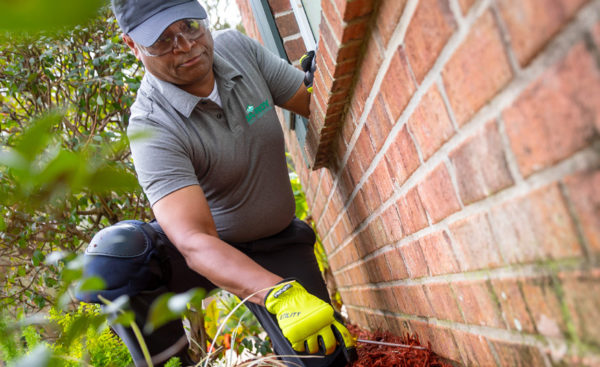
Finding out you’ve got a pest infestation can be a big cause for concern due to health and safety worries or financial costs. However, in the following post, we’re going to tell you the different ways you can help to manage a pest infestation, the signs to look out for, and how to avoid any future infestations. Look below to learn more.
Identify The Pest
To identify pests in an infestation, closely examine their physical features, behavior, and habitats. Use field guides, online resources, or apps for accurate identification. Look for droppings, damage patterns, nests, webs, or tracks. Consider seeking professional help if you are unsure. Identifying pests correctly is crucial for selecting effective control methods and preventing further issues.
Seek Professional Help
If you find yourself struggling to manage an infestation, it’s advisable to seek professional pest control assistance. You might feel overwhelmed, but pest control experts have the knowledge and tools to accurately identify the pests, assess the extent of the problem, and employ targeted solutions. They can apply safe and effective treatments while minimizing risks to your health and the environment. Your peace of mind is worth it; professionals can offer guidance on long-term prevention strategies to avoid future infestations. Remember, enlisting expert help ensures a comprehensive and efficient resolution, saving you time, effort, and potential frustration.
Seal Entry Points
To keep pests at bay, focus on sealing entry points around your home. You might not realize how even tiny gaps can invite unwanted visitors. Inspect doors, windows, and foundations for cracks or openings. Seal them using caulk, weather stripping, or mesh screens. Don’t forget about vents and pipes; cover them with appropriate materials. Your diligence in this task will go a long way in preventing pests from sneaking inside. By blocking their entry and avoiding things that might draw them in, you create a strong defense against infestations, ensuring your living space remains pest-free and comfortable.
Clear Away Waste
Clearing away waste is essential to thwart pest infestations. Dispose of trash promptly and use tightly sealed bins to deter pests. Food scraps, crumbs, and spilled liquids should be cleaned up immediately, denying pests a food source. Regularly clean pet areas and bird feeders, as these can attract pests too. Yard waste and clutter provide hiding spots, so maintain a well-kept yard. By keeping waste under control, you eliminate the temptations that draw pests in, creating an environment that’s uninviting to them.
Trim Vegetation
Maintaining a tidy yard is key to preventing pest issues. Trim vegetation, including bushes and trees, as overgrowth can become hiding spots and pathways for pests. Clear debris like fallen leaves and branches, which create hiding places. Standing water should be eliminated to discourage breeding. Regularly mow the lawn to reduce hiding spots. By taking these steps, you create a less appealing environment for pests. A well-kept yard not only enhances the appearance of your property but also minimizes the chances of pest infestations, ensuring a more enjoyable outdoor space for you and your family.
Related Articles & Free Vermont Maturity Magazine Subscription

How to Boost Your Garden’s Harvest While Reducing Pest Problems
Managing Scale, a Difficult Insect Pest on Houseplants






Comment here